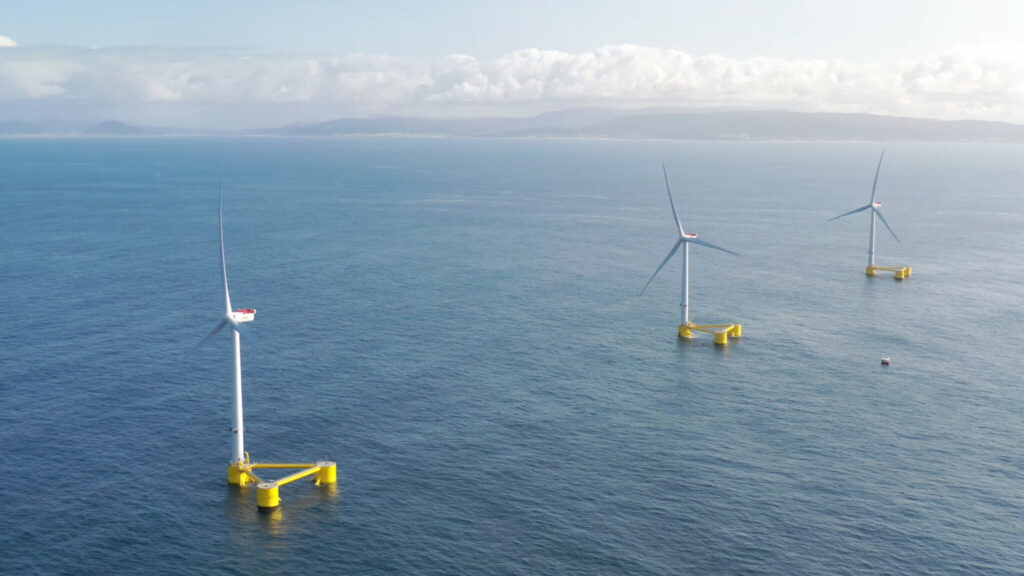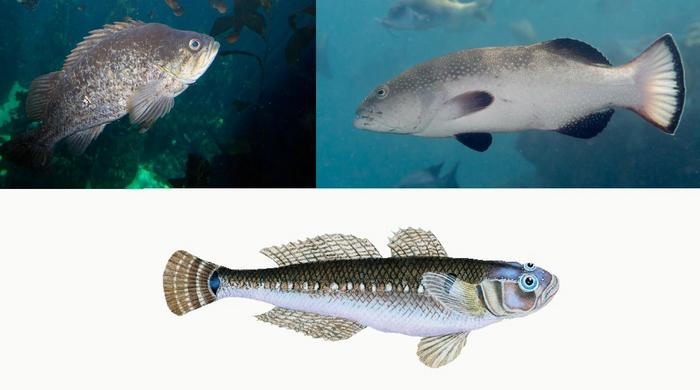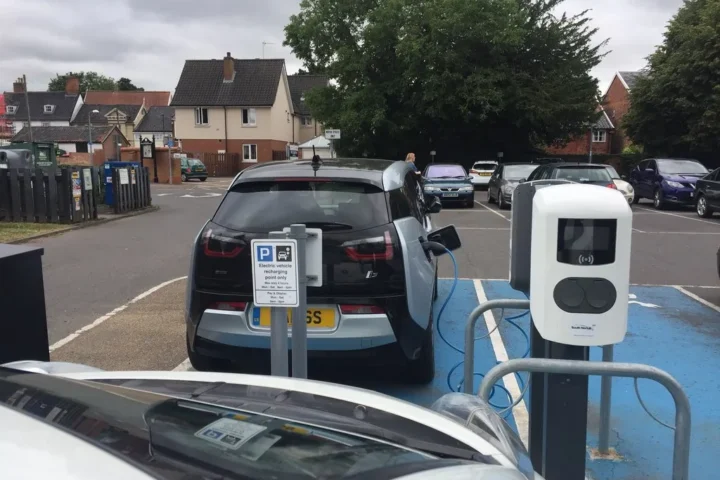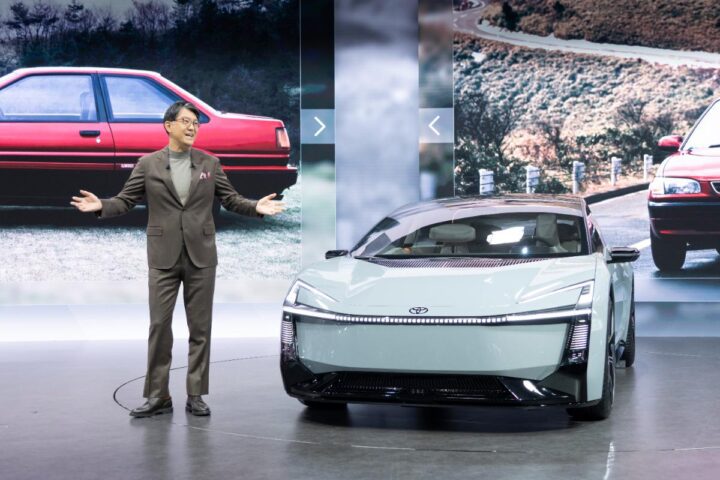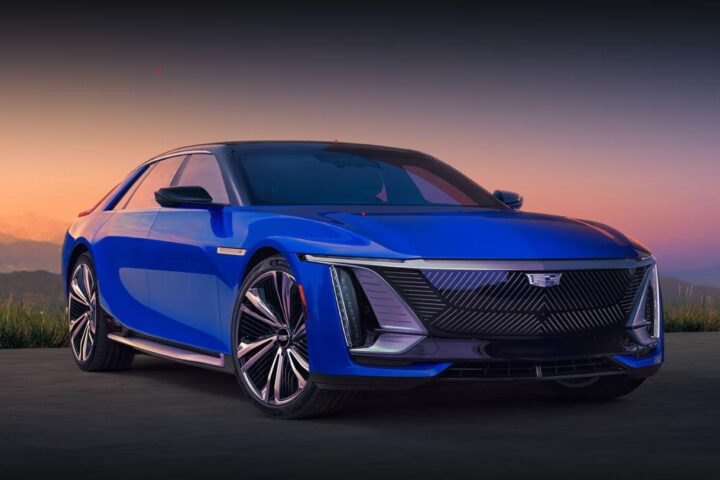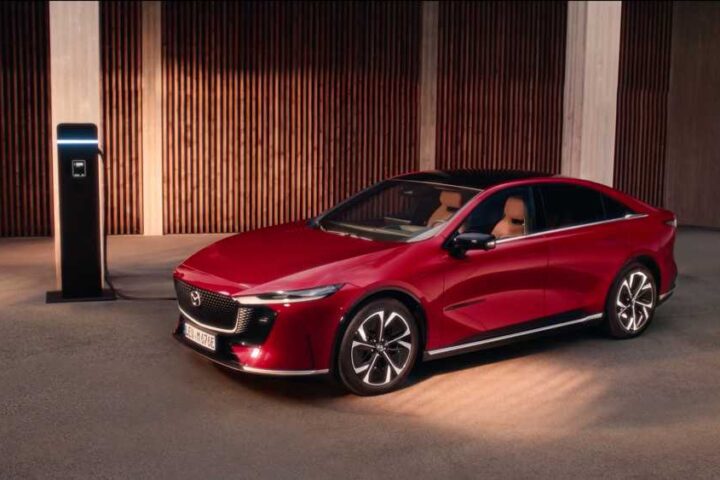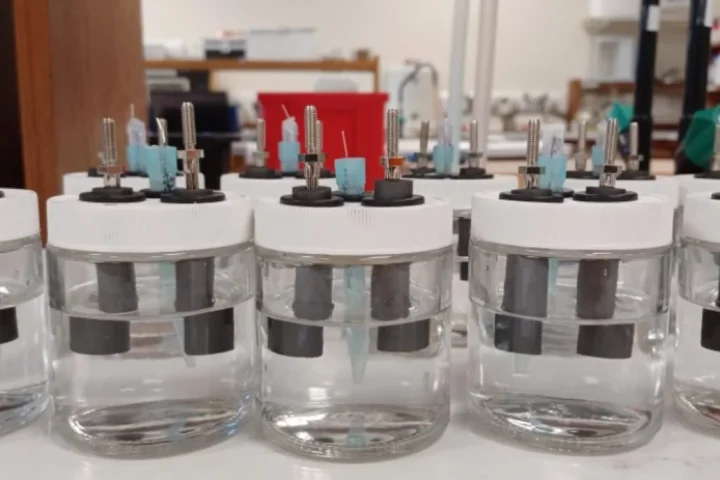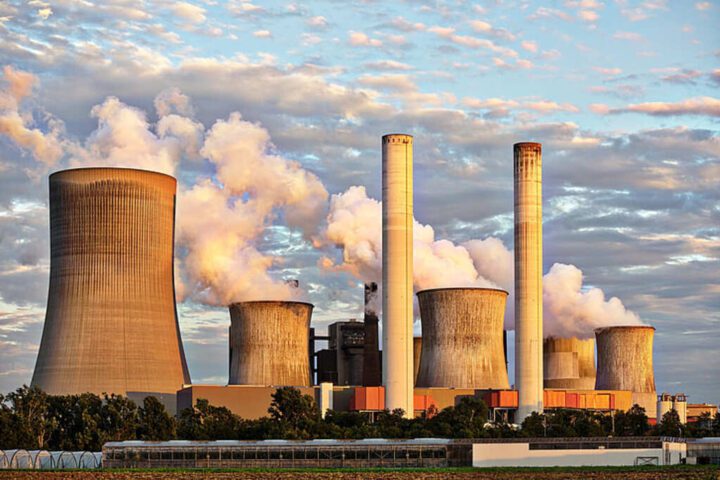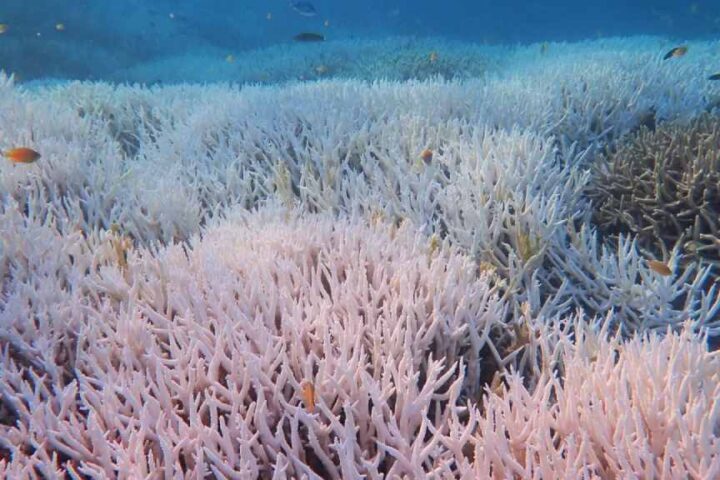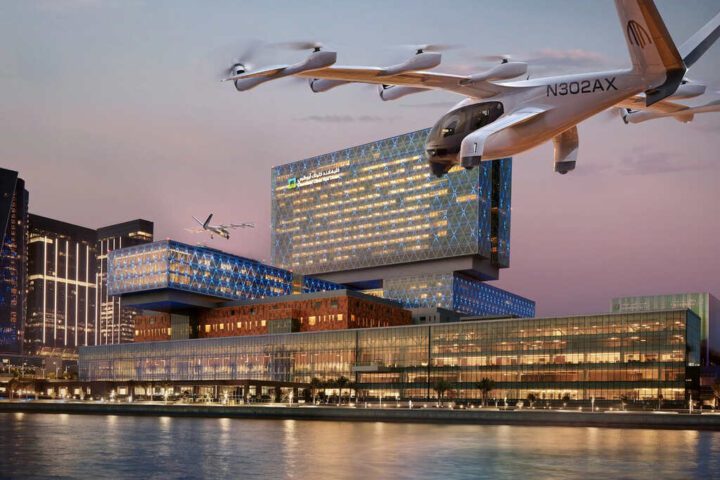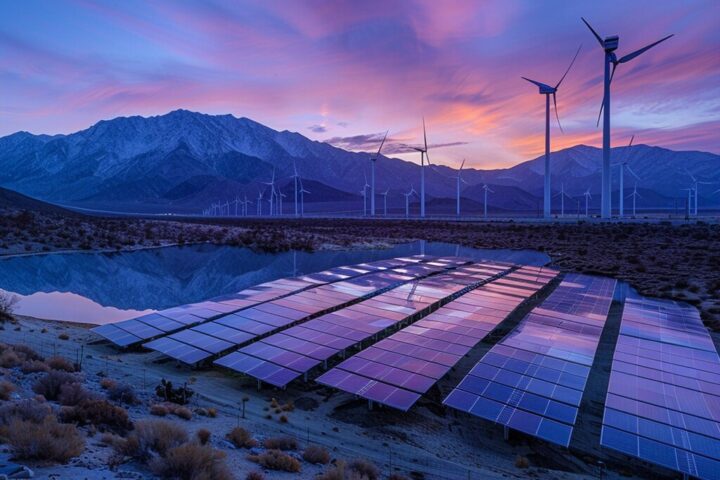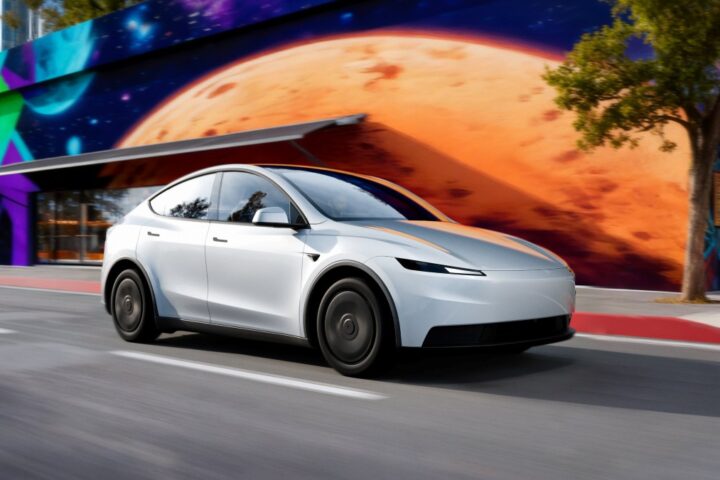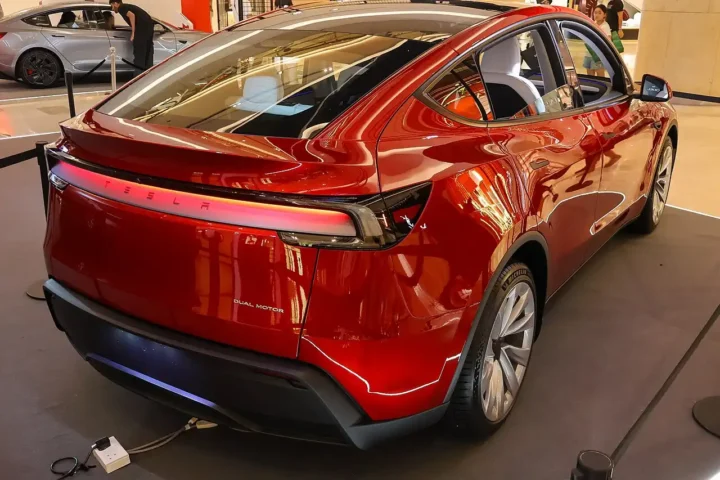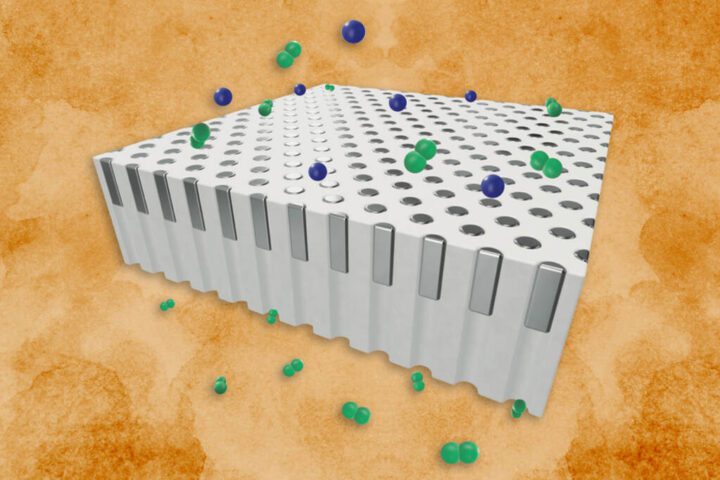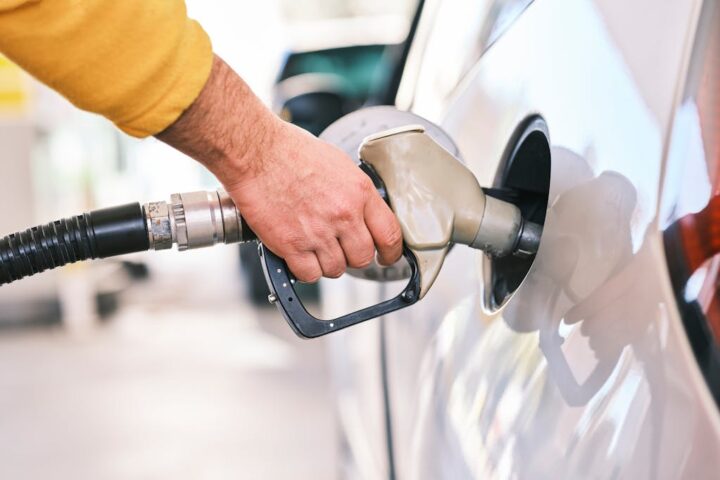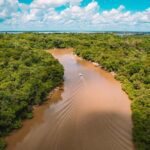In July 2020, the world’s first floating wind farm officially began regular operation: WindFloat Atlantic. Now, after four years of successful operations, a review highlights its exceptional performance and potential for offshore wind technology.
Located off the coast of Portugal, WindFloat Atlantic comprises three turbines, each mounted on separate floating platforms. Officially, it is the world’s first “floating offshore wind farm.” The semi-submersible design allows part of the platforms to remain submerged, with the turbines anchored to the seabed at a depth of 100 meters using chains. The energy produced is transported via a 18-kilometer cable to the substation at Viana do Castelo.
Technological Innovations in Floating Wind Farms
One of the primary advantages of WindFloat Atlantic is its ability to position turbines farther offshore, where winds are stronger and more consistent, resulting in higher energy yields. This innovative floating platform design enables installation in deeper waters beyond the 60-meter depth limit for traditional offshore turbines.
The turbines, each with a 8.4 MW Vestas turbine, contribute to a total installed capacity of 25 MW. The rotor blades of these turbines span 164 meters in diameter, making them capable of harnessing vast amounts of wind energy.
Since its launch, WindFloat Atlantic has produced 320 GWh of electricity, enough to power 25,000 Portuguese households annually. This impressive output surpassed initial energy forecasts and steadily increased each year, generating 78 GWh in 2022 and 80 GWh in 2023.
Environmental Impact and Marine Life Conservation
In addition to its energy generation capabilities, WindFloat Atlantic has demonstrated minimal environmental impact. Ongoing environmental assessments revealed that over 270 marine species coexist with the wind farm without significant adverse effects on marine mammals or endangered bird species. The floating structures have even promoted marine life by fostering underwater conservation and reef formation.
The floating platforms take up much less space than conventional offshore wind turbines anchored with large concrete foundations, which helps preserve the marine ecosystem.
Similar Posts
Community Engagement and Economic Impact
WindFloat Atlantic has also had a significant socio-economic impact. The project created 1,500 direct and indirect jobs, supporting the local economy of Viana do Castelo. This initiative includes outreach to the local community, with educational programs, facility tours, and engagement efforts to raise awareness about renewable energy.
On its fourth anniversary, Ocean Winds, the company managing WindFloat Atlantic, announced the appointment of local kitesurfer Pedro Afonso as an ambassador for offshore wind energy. Afonso advocates for the project, helping to raise its profile on both local and global platforms.
Resilience Against Extreme Weather Conditions
One of the most remarkable tests of WindFloat Atlantic’s durability came during Storm Ciaran in 2023. The wind farm endured 20-meter waves and wind speeds of up to 139 kilometers per hour, demonstrating the robust design of the floating platforms and their ability to withstand harsh ocean conditions.
Shaping the Future of Renewable Energy
The success of WindFloat Atlantic has laid the groundwork for future floating wind projects. The knowledge and experience gained from this pioneering project will contribute to optimizing future offshore wind installations, reducing errors, and increasing the benefits of such projects. The facility is certified to operate until 2045, with the potential for further extension based on operational performance.
By continuing to exceed expectations in energy production, community engagement, and environmental sustainability, WindFloat Atlantic serves as a model for the future of floating wind technology and its role in the global transition to renewable energy.
